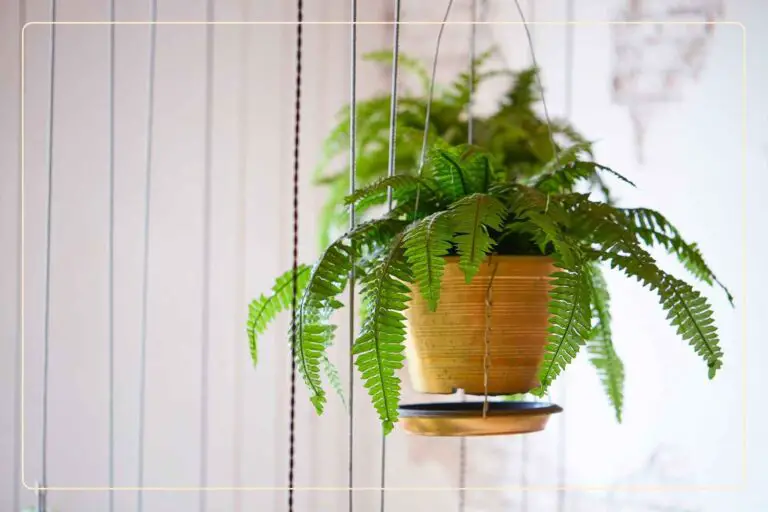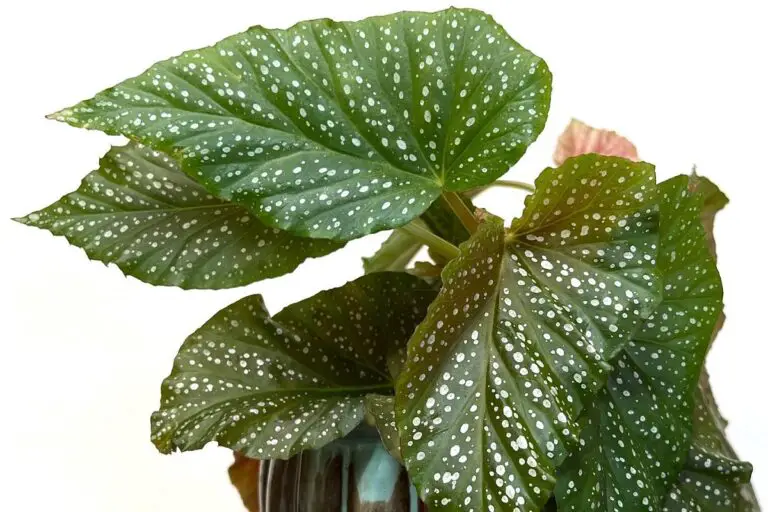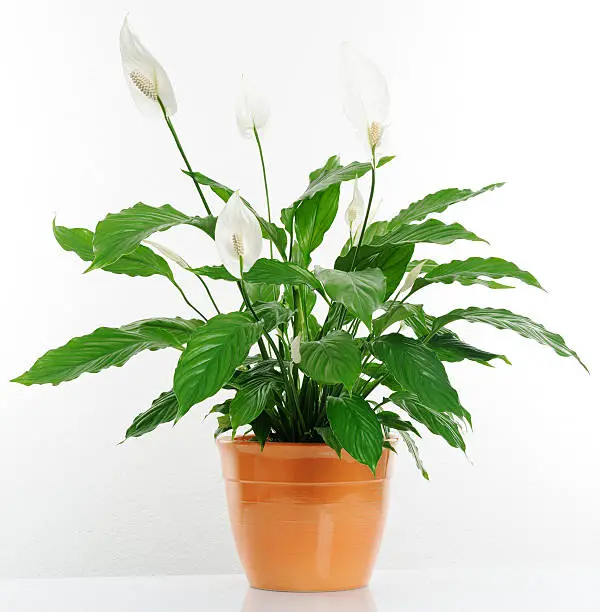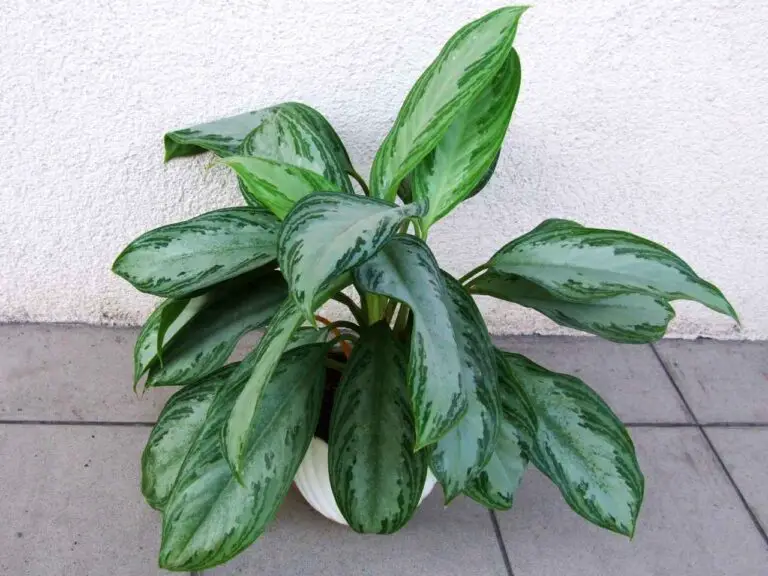Introduction
The Mother-in-Law’s Tongue plant, scientifically known as Sansevieria trifasciata, is a popular choice for indoor plant enthusiasts. With its striking appearance and low-maintenance nature, it has gained recognition as an ideal plant for both experienced and novice gardeners alike. In this article, we will explore the various aspects of the Mother-in-Law’s Tongue plant, including its origins, physical characteristics, care requirements, and the benefits it offers to your living space.
Table of Contents
- Origins of the Mother-in-Law’s Tongue Plant
- Physical Characteristics
- Benefits of the Mother-in-Law’s Tongue Plant
- Choosing the Right Location
- Soil and Water Requirements
- Light Requirements
- Temperature and Humidity
- Fertilizing the Mother-in-Law’s Tongue Plant
- Propagation Techniques
- Common Pests and Diseases
- Pruning and Maintenance
- Mother-in-Law’s Tongue Plant Varieties
- Using Mother-in-Law’s Tongue Plant for Air Purification
- Decorating with Mother-in-Law’s Tongue Plant
- Conclusion
- Frequently Asked Questions (FAQs)
1. Origins of the Mother-in-Law’s Tongue Plant
The Mother-in-Law’s Tongue plant is native to West Africa and belongs to the Asparagaceae family. It has adapted to survive in arid conditions and can be found in various regions, including Nigeria and the Congo. Its distinct name originates from the pointed, sword-like shape of its leaves, resembling a sharp tongue.
2. Physical Characteristics
The Mother-in-Law’s Tongue plant is characterized by its long, upright leaves that grow in a rosette pattern. The leaves are thick and fleshy, with green coloration and patterns of lighter shades. Some varieties also exhibit yellow borders or variegation, adding to their visual appeal. The plant can reach a height of about 2-4 feet, depending on the species and growing conditions.
3. Benefits of the Mother-in-Law’s Tongue Plant
The Mother-in-Law’s Tongue plant offers several benefits, making it a popular choice among indoor gardeners:
- Air purification: The plant is known for its ability to purify the air by removing toxins such as formaldehyde, benzene, and xylene. Its efficient oxygen production during the night also makes it an excellent addition to bedrooms.
- Low maintenance: The Mother-in-Law’s Tongue plant is highly resilient and requires minimal care. It can tolerate a wide range of light conditions and is forgiving when it comes to watering. This makes it suitable for busy individuals or those new to plant care.
- Aesthetic appeal: With its bold and architectural leaves, the Mother-in-Law’s Tongue plant adds a touch of elegance and visual interest to any indoor space. It complements various interior design styles, from modern to traditional.
4. Choosing the Right Location
When deciding on a location for your Mother-in-Law’s Tongue plant, consider the following factors:
- Light intensity: This plant thrives in indirect or filtered sunlight. While it can tolerate low light conditions, it will grow best in bright, indirect light. Avoid placing it in direct sunlight, as this can scorch the leaves.
- Temperature: The Mother-in-Law’s Tongue plant prefers average room temperatures between 60-85°F (15-29°C). It can tolerate slightly lower temperatures during winter but should be protected from drafts and cold windows.
- Air circulation: Good airflow is essential for the plant’s overall health. Avoid placing it in areas with stagnant air, such as corners or enclosed spaces.
5. Soil and Water Requirements
The Mother-in-Law’s Tongue plant thrives in well-draining soil. Use a potting mix specifically formulated for succulents or cacti, or create your own by combining regular potting soil with perlite or sand to enhance drainage. Water the plant thoroughly, allowing the soil to dry out between waterings to prevent root rot.
6. Light Requirements
As mentioned earlier, the Mother-in-Law’s Tongue plant prefers bright, indirect light. Place it near a north or east-facing window, where it can receive moderate sunlight without being exposed to intense rays. If low light conditions are the only option, the plant will adapt, but growth may be slower.
7. Temperature and Humidity
The Mother-in-Law’s Tongue plant is well-suited to average room temperatures, as mentioned previously. It can handle humidity levels ranging from dry to moderately humid environments. Avoid placing it in areas with excessive moisture, such as bathrooms, as this can lead to fungal issues.
8. Fertilizing the Mother-in-Law’s Tongue Plant
Fertilize the Mother-in-Law’s Tongue plant sparingly, as excessive nutrients can cause damage. Apply a balanced, water-soluble fertilizer once every two to three months during the growing season (spring and summer). Follow the instructions on the fertilizer package for the correct dosage.
9. Propagation Techniques
Propagating the Mother-in-Law’s Tongue plant can be done through various methods, including division, leaf cuttings, or rhizome cuttings. Dividing the plant is the easiest technique, as it involves separating the offshoots or “pups” from the main plant and replanting them in their individual pots.
10. Common Pests and Diseases
The Mother-in-Law’s Tongue plant is relatively pest-resistant, but it may occasionally encounter issues with mealybugs, spider mites, or scale insects. Regularly inspect the plant for signs of pests, and if detected, treat them promptly with an appropriate organic insecticide or by wiping the leaves with a mild soap and water solution.
11. Pruning and Maintenance
Pruning is not often required for the Mother-in-Law’s Tongue plant. However, removing any yellow or damaged leaves will help maintain its overall appearance. Wipe the leaves occasionally with a damp cloth to remove dust and enhance their natural shine.
12. Mother-in-Law’s Tongue Plant Varieties
The Mother-in-Law’s Tongue plant has several popular varieties, each with its unique leaf patterns and colorations. Some noteworthy varieties include:
- Sansevieria trifasciata ‘Laurentii’: This variety features tall, upright leaves with yellow margins.
- Sansevieria trifasciata ‘Hahnii’: Also known as the Bird’s Nest Snake Plant, it has compact rosettes of shorter leaves with dark green coloration.
- Sansevieria trifasciata ‘Moonshine’: This variety has silvery-green leaves with a subtle sheen, adding a touch of elegance to any space.
13. Using Mother-in-Law’s Tongue Plant for Air Purification
One of the standout features of the Mother-in-Law’s Tongue plant is its ability to purify the air. Placing several of these plants throughout your home can help remove harmful pollutants and enhance the overall air quality, creating a healthier living environment.
14. Decorating with Mother-in-Law’s Tongue Plant
The Mother-in-Law’s Tongue plant’s aesthetic appeal makes it a versatile choice for home decor. Here are some ideas for incorporating it into your interior design:
- Standalone statement: Place a tall Mother-in-Law’s Tongue plant in a decorative pot as a focal point in a room.
- Grouped display: Create an eye-catching display by grouping multiple plants of different heights together.
- Hanging planters: Utilize hanging planters or macrame holders to showcase trailing varieties of the Mother-in-Law’s Tongue plant.
Conclusion
In conclusion, the Mother-in-Law’s Tongue plant is an excellent choice for indoor plant enthusiasts looking for a visually appealing and low-maintenance option. Its origins, physical characteristics, and numerous benefits make it a desirable addition to any living space. With proper care and attention to its light, temperature, and watering needs, this resilient plant will thrive and bring a touch of nature to your home.
Frequently Asked Questions (FAQs)
- Does mother-in-law’s tongue need full sun?The Mother-in-Law’s Tongue plant prefers bright, indirect light and can tolerate partial shade. While it can withstand some direct sunlight, exposing it to full sun for extended periods can lead to leaf scorching.
- Is mother-in-law’s tongue an indoor plant?Yes, the Mother-in-Law’s Tongue plant is commonly grown as an indoor plant due to its adaptability to various light conditions and low-maintenance nature. It can thrive in a range of indoor environments.
- What is the Mother-in-Law’s Tongue plant good for?The Mother-in-Law’s Tongue plant offers air purification benefits by removing toxins from the air. It also adds aesthetic appeal to indoor spaces and requires minimal care, making it a popular choice for both experienced and novice gardeners.
- How do you take care of a Mother-in-Law’s Tongue snake plant?Taking care of a Mother-in-Law’s Tongue plant involves providing it with bright, indirect light, well-draining soil, and watering only when the soil has dried out. It can tolerate a wide range of temperatures and humidity levels, making it a relatively low-maintenance plant. Regularly inspect for pests and remove any yellow or damaged leaves for maintenance purposes.







